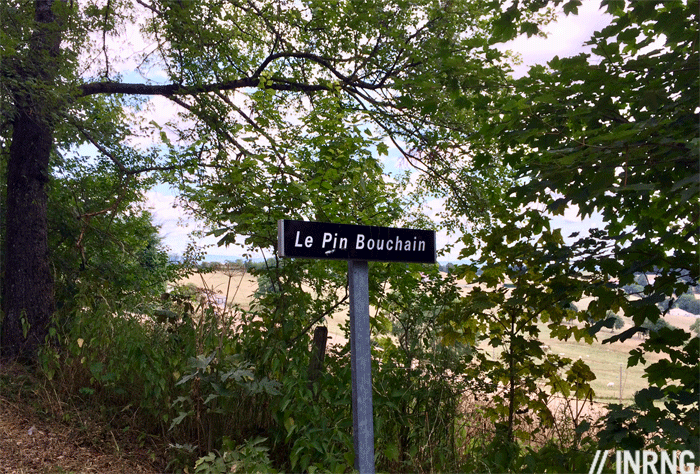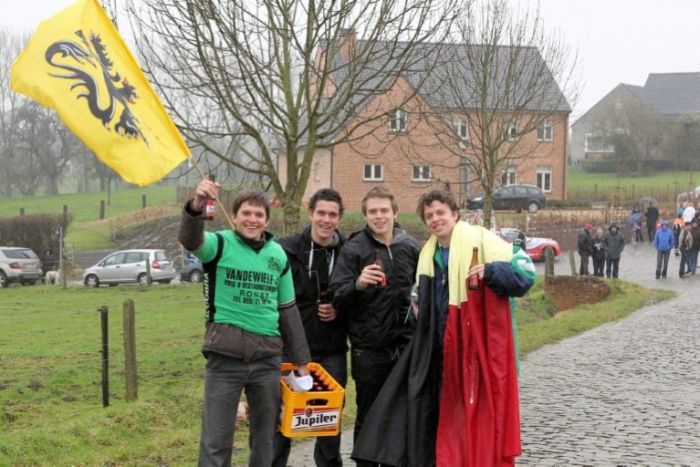As part of a series exploring the famous roads of cycling, here is Mont Ventoux. The idea with this series is to discover the road and its place in the world, whether its part in cycling’s folklore or to explore what it is like on a normal day without a race.
Having covered Alpe d’Huez and the Ghisallo so far in this series, Mont Ventoux is different. It dominates the landscape and the road leads to nowhere except summit. Apart from the view there is little at the top, a sky-blue vacuum to be filled by the imagination.
A fixture in the Tour de France and other races this is another Mecca for cyclists who ride up “the giant of Provence” every summer.










